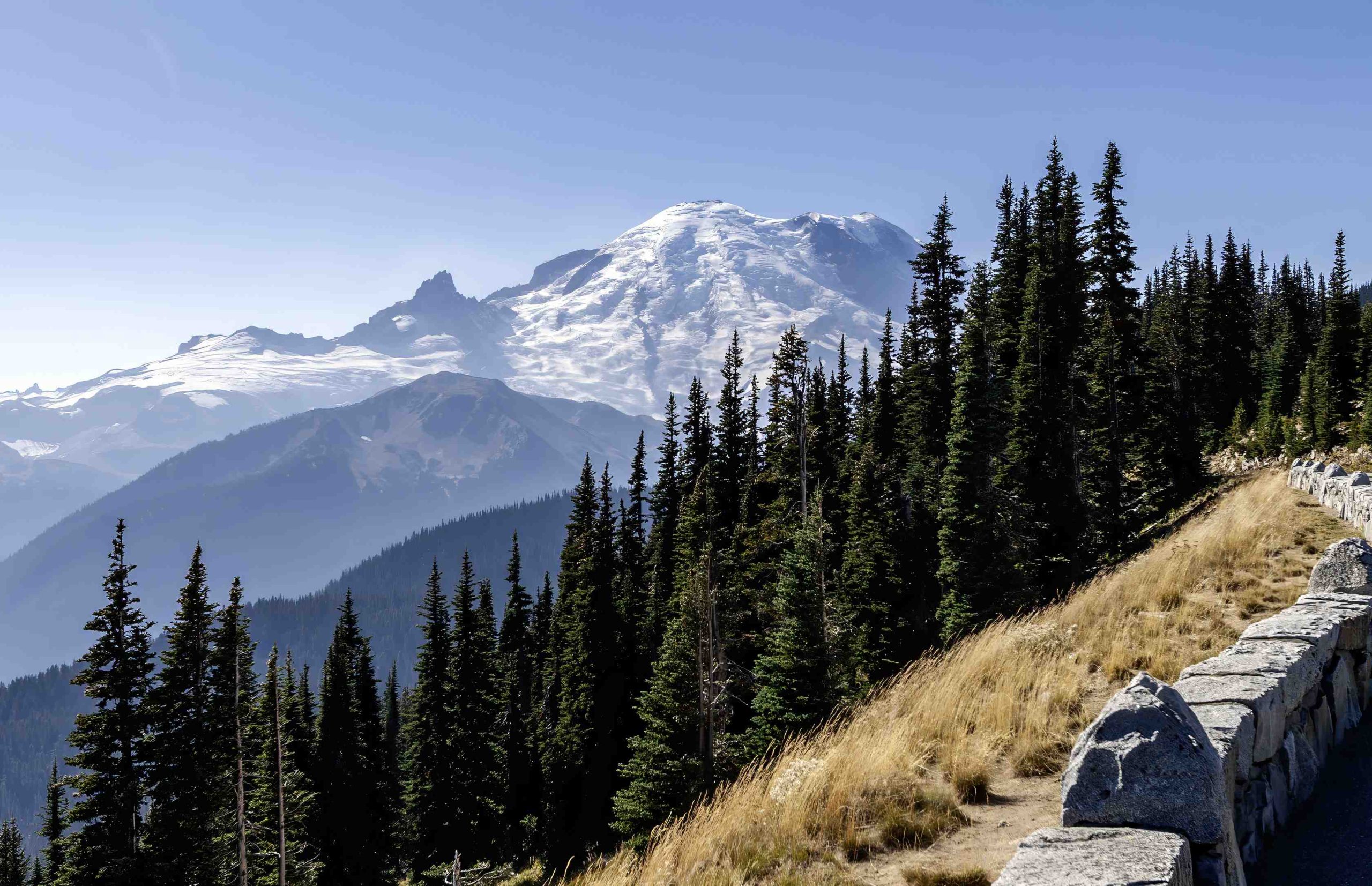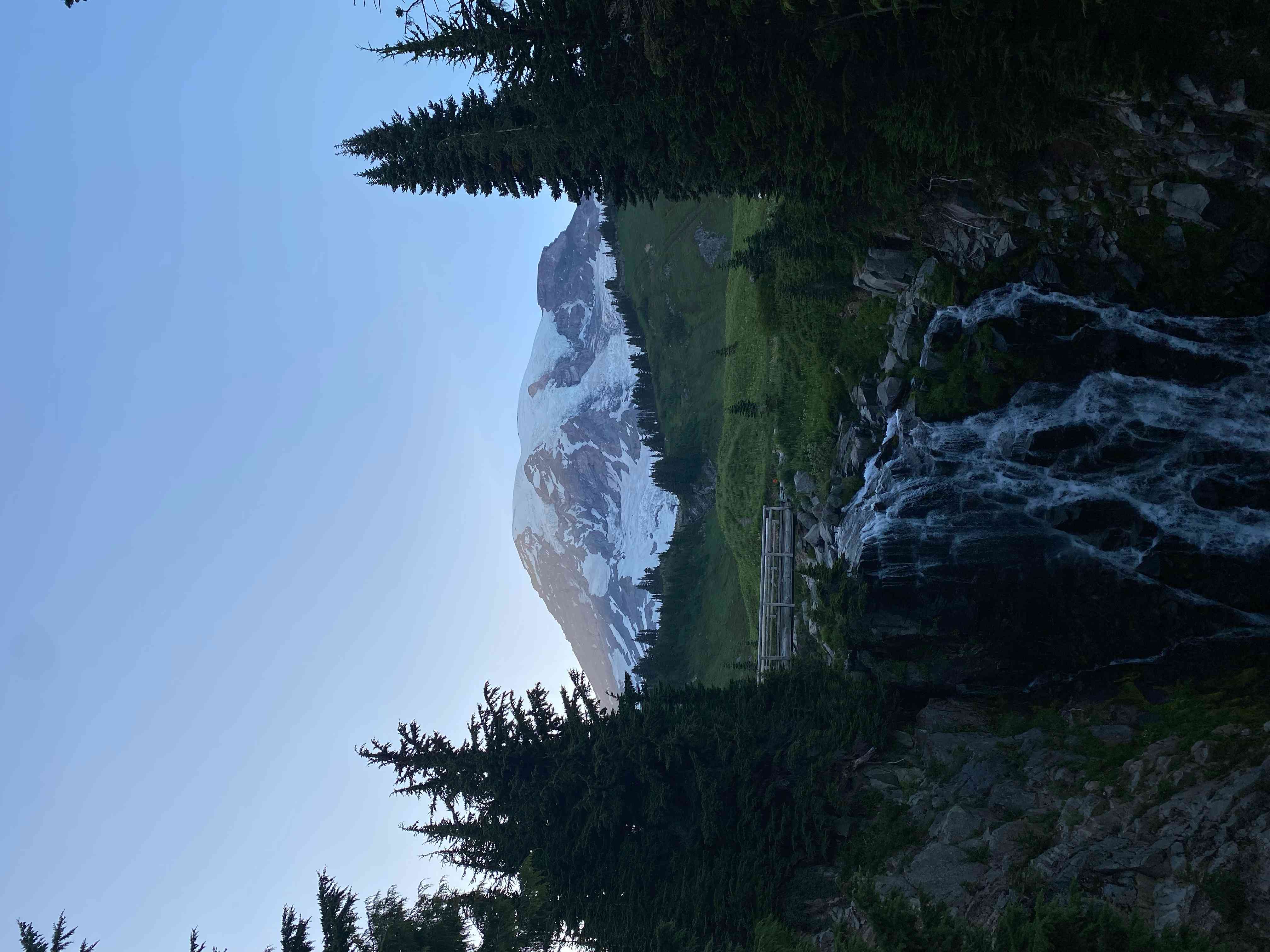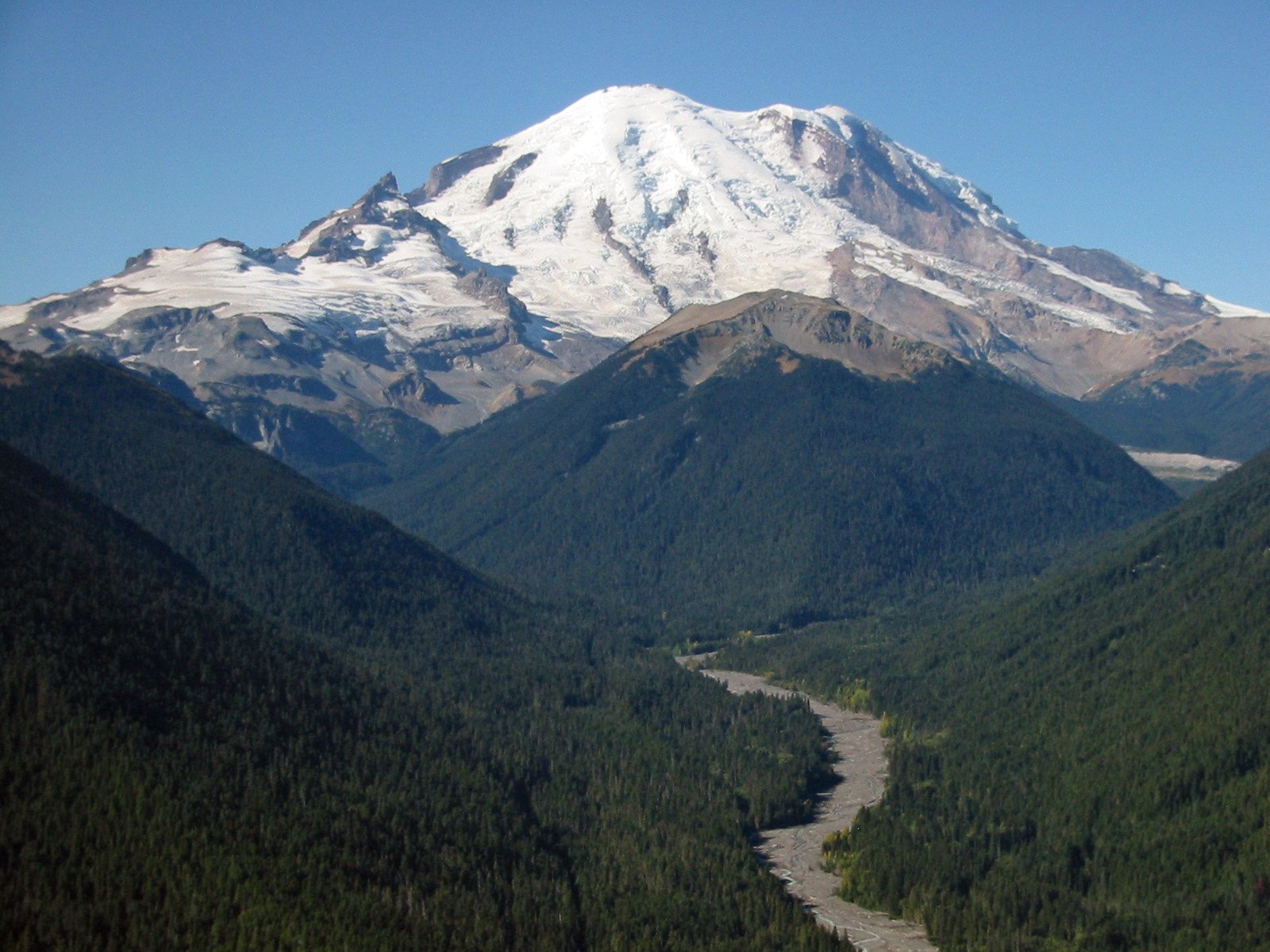Mount Rainier, an iconic stratovolcano in Washington state, experiences extreme temperature variations due to its massive elevation range. From its base to its 14,410-foot summit, temperatures can plummet dramatically, especially during winter months. The mountain’s unique climate creates a challenging environment for visitors and climbers alike, with temperatures at the summit often dropping well below freezing, even in summer. Understanding these temperature extremes is crucial for anyone planning to explore this majestic peak.
What Are the Winter Temperature Ranges at Mount Rainier?

Winter at Mount Rainier brings some of the coldest temperatures the mountain experiences throughout the year. The temperature ranges vary significantly depending on the elevation:
- Lower Elevations (Paradise area, ~5,400 feet):
- Average January maximum: 38° to 45°F (3° to 7°C)
-
Average January minimum: 25° to 32°F (-4° to 0°C)
-
Summit (14,410 feet):
- Maximum temperatures can drop to: -11°C (12°F)
- Minimum temperatures can plummet to: -23°C (-9°F)
These extreme temperature differences highlight the dramatic impact elevation has on climate conditions at Mount Rainier.
How Much Snow Does Mount Rainier Receive?

Snow accumulation on Mount Rainier is substantial, contributing to its year-round glaciers and challenging winter conditions:
- Paradise Area (5,400 feet):
-
Average annual snowfall: 640 inches (53.3 feet)
-
Summit Area:
-
Annual snowfall can exceed 1,000 inches
-
Blue Glacier Area (6,900 feet):
- Record snowfall (Aug 1957 – Jul 1958): 542 inches
| Location | Elevation (feet) | Average Annual Snowfall (inches) |
|---|---|---|
| Paradise | 5,400 | 640 |
| Summit | 14,410 | 1,000+ |
| Blue Glacier | 6,900 | 542 (record year) |
The heavy snowfall contributes significantly to the cold temperatures experienced on the mountain, creating a feedback loop that maintains Mount Rainier’s frigid conditions.
What Are the Average Temperatures by Season on Mount Rainier?
Mount Rainier’s temperatures fluctuate dramatically throughout the year:
- Winter:
- Lower elevations: 25° to 45°F (-4° to 7°C)
-
Higher elevations: Significantly colder
-
Spring:
- Gradual warming
-
Last freezing temperatures: Late April to early May (lower elevations)
-
Summer:
- Lower elevations: Daily highs in low 70s°F (20s°C)
-
Rarely exceeds 90°F (32°C)
-
Fall:
- Cooling temperatures
- First freezing temperatures: Around early November
It’s important to note that these temperatures can vary greatly depending on specific elevation and weather conditions.
How Does Cold Weather Affect Accessibility for Winter Visitors?
The extreme cold and heavy snowfall at Mount Rainier significantly impact winter accessibility:
- Road Closures:
- Sunrise road: Closes nightly in late September, fully closed by mid-October
-
Other roads may close due to snow and ice conditions
-
Parking and Facilities:
- Limited parking due to snow accumulation
-
Some facilities operate on reduced hours or close completely
-
Winter Activities:
- Skiing and snowshoeing become popular
- Crystal Mountain Resort (350 inches average annual snowfall) offers winter sports options
Visitors must check current weather and road conditions before attempting to access the park in winter.
What Safety Precautions Should Visitors Take in Cold Conditions?
Given the extreme cold temperatures Mount Rainier can experience, visitors should take several precautions:
- Proper Clothing:
- Layer clothing for insulation
- Wear waterproof and windproof outer layers
-
Don’t forget hats, gloves, and warm socks
-
Equipment:
- Carry appropriate gear for winter conditions (ice axe, crampons, etc.)
-
Bring emergency shelter and extra food/water
-
Weather Monitoring:
- Check forecasts regularly
-
Be prepared for rapid weather changes
-
Communication:
- Carry a charged cell phone (though service may be limited)
-
Consider bringing a satellite communication device
-
Travel Plans:
- Inform someone of your itinerary
- Be prepared to turn back if conditions worsen
How Do Cold Temperatures Affect Mount Rainier’s Ecosystem?
The cold temperatures on Mount Rainier play a crucial role in shaping its unique ecosystem:
- Plant Adaptations:
- Short growing seasons at higher elevations
-
Plants with specialized adaptations to cold and snow
-
Animal Behavior:
- Hibernation or migration of some species
-
Specialized adaptations in year-round residents (e.g., thick fur)
-
Glacial Preservation:
- Cold temperatures help maintain the mountain’s extensive glacier system
-
Glaciers shape the landscape and provide water for surrounding ecosystems
-
Tree Line:
- Cold temperatures and short growing seasons create a distinct tree line
- Above this line, only cold-hardy plants can survive
Understanding these ecological impacts helps visitors appreciate the delicate balance of life on Mount Rainier.
Mount Rainier’s cold temperatures create a challenging yet beautiful environment. From the extreme cold at the summit to the more moderate conditions at lower elevations, the mountain’s climate is a crucial factor in its ecology and accessibility. Visitors planning trips to Mount Rainier, especially in winter, must be well-prepared for the cold conditions they may encounter. By understanding ‘how cold does Mount Rainier get,’ adventurers can safely explore this magnificent natural wonder while respecting its powerful and sometimes unforgiving climate.
References:
1. WRCC: Washington Climate
2. Mount Rainier – Wikipedia
3. Mount Rainier Weather Forecast
4. Mount Rainier National Park – Winter
5. Mount Rainier National Park – Weather

